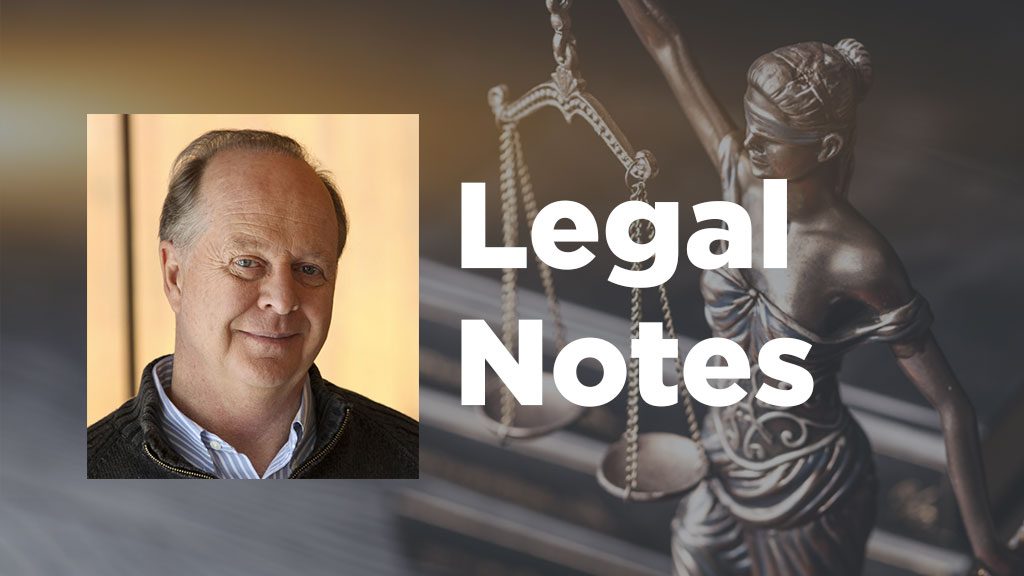The COVID-19 pandemic has put the risk structure of P3 projects under increased scrutiny.
As a result, negotiations are likely to bring a new perspective to traditional partnership issues. Nevertheless, Sahil Shoor, partner with Gowling WLG, told the Daily Commercial News the basic concept of P3 risk allocation remains relatively straightforward.
“The risks associated with P3s are about incentivizing and finding the greater value for money. Risks are allocated to the party best able to manage that particular risk. That means the party best able to understand that risk, the likelihood of that risk occurring, and best able to minimize the impact of that risk should it be the one responsible for managing it. When the party managing the risk also bears the associated financial cost, there needs to be an incentive to mitigate that risk.”
In light of COVID-19, risks associated with all construction work are more apparent than ever before. Delays, cost overruns, supply disruptions and force majeure have taken on new importance in project negotiations. For user-pay P3s in particular, the risk of dramatic decreases or unexpected variances from original revenue projections can cause private partners to become conservative in their future forecasts, write Julie Han and Ahsan Mirza of McMillan LLP.
Infrastructure contract experts Doug Buchanan and Ian Bendell write that risks can be mitigated using one of three mechanisms: Passing risk down to project subcontractors, pricing a risk contingency into the project budget, or through specific risk insurance.
However, they suggest the greater the amount of risk assumed by the project’s private partners, the bigger the challenge to find debt financing. Furthermore, pricing risk contingencies into the project to satisfy lenders can adversely affect the competiveness of a bid.
Yet neither is insurance a cure-all for all the risk shortfalls that may come out during negotiations between private partners and government agencies, says Shoor.
“Some insurers will insure one thing and other insurers will insure other things. However, insurance is there to protect,” he says. “Normally that would mean negligence of some sort, for example. However, P3 insurance policies do not typically cover business losses.”
Shoor emphasizes the need for partners to take a strategic approach to risk in future P3 agreements, based on identification, evaluation and mitigation, perhaps even risk retention within the partnership.
While there will always be an effort to pass down risks such as damage repair to contractors, Shoor reminds that partners have their own powerful negotiating tools during the RFP review process.
“They may be able to assign responsibility and liability amongst themselves based on their own private contracts which define both risk and rewards between the parties for the duration of the project. Everybody has a different risk tolerance.”
The public agency also has to consider its position. Shoor points out that P3s often create a lot of media attention. From a public relations standpoint, the agency will want to be seen getting important infrastructure projects underway expeditiously. To do so, they need to incentivize their private partners. That incentive is usually revenue. For their part, private partners might need some concessions and support from the agency should revenue be interrupted or fall short for some reason.
Buchanan and Bendell believe due to changes in the P3 environment in terms of risk transfer and deal structure, the negotiation advantage has shifted from public agencies to private partners, tempting them to “flex their negotiating power.”
Shoor is more conciliatory, suggesting the formula for P3 success is one based on all participants acknowledging the needs of each public and private player.
“You have to be really mindful of what is in it for everybody,” he says. “Both parties have different risks; both parties have different items that they want to take out. The projects that stay on track are the ones where the parties are willing to not lose their insight into what is the most important for the project.”
John Bleasby is a Coldwater, Ont.-based freelance writer. Send comments and Legal Notes column ideas to editor@dailycommercialnews.com.











Recent Comments